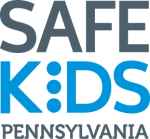SEASONAL SAFETY
Winter
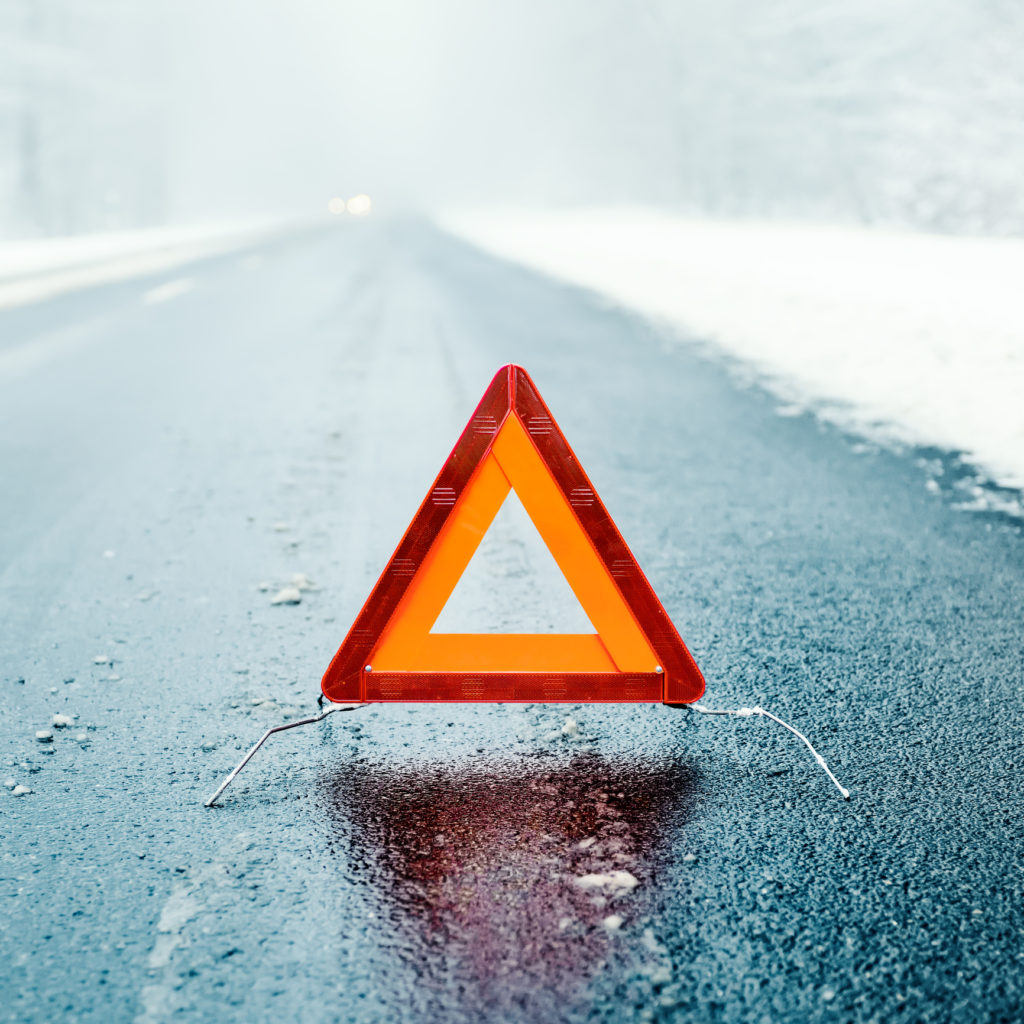 The leaves are changing and temperatures are slowly dropping. While some may not want to think about the coming months, winter weather will be here before we know it. The final weeks of fall are a great time to make sure your vehicle is ready for winter weather, and of course kids and adults can enjoy lots of fun with winter sports!
The leaves are changing and temperatures are slowly dropping. While some may not want to think about the coming months, winter weather will be here before we know it. The final weeks of fall are a great time to make sure your vehicle is ready for winter weather, and of course kids and adults can enjoy lots of fun with winter sports!
Safety Tips
TRAVEL
- If you are driving in winter, remember to always stay safe! This includes always wearing your seatbelt (and enforcing that rule to others), no distracted driving, and making sure any car seat is properly installed -and remember that car seats and winter coats don’t mix! Use your child’s puffy coat as a blanket instead in order to keep them safely strapped in.
- Driving in winter is different than other seasons! Remember to:
- Always listen to travel advisories and check the weather before driving! If you don’t have to travel in bad weather, then don’t!
- Keep your gas tank at least half full.
- Before driving, remove ice and snow from windows, mirrors, vehicle lights, as well as the hood and roof and tailpipe of the vehicle.
- Drive slower than you normally would, as the road can be slick, and increase distance behind cars.
- Beware of roads that may look wet but are actually frozen (“black ice”).
- Do not stop when going uphill, and don’t use cruise control on snowcovered roads.
- Don’t try to accelerate (or decelerate) quickly
- Give yourself extra time on any commute in the winter.
- Keep an emergency travel kit in the car that includes (but is not limited to):
- Food and water (make sure the food is non-perishable!)
- Flashlight and batteries
- Jumper Cables
- Cell phone and portable charger
- Snow shovel
- First aid supplies
- Extra warm clothing, gloves, blankets
- Ice scraper
- Sand or kitty litter
- Baby supplies (diapers, clothing, etc.)
- Medication if needed
- Remind your inexperienced teen driver to be extra alert during the holidays when people are more distracted and the weather can be tricky.
- Ultimately, if you are not comfortable driving in the snow, it is safest to stay home.
- Driving in winter is different than other seasons! Remember to:
- If you’re flying, take your car seat with you and use it on the plane. Rent or borrow a car seat or booster seat if you can’t take yours with you.
- Do not drink and drive! Plan to use a designated driver or a rideshare to make sure you get home safely after celebrating any holiday.
OUTDOORS
- When participating in winter sports or recreational activities, like skiing, sledding, snowboarding, or riding a snowmobile, etc.:
- keep all equipment in good condition, and replace any items if necessary.
- Use appropriate and properly-fitted sports gear, which could include goggles, shin guards, mouth guards, and helmets that are specific to the activity being done.
- Dress in layers to adjust for weather conditions.
- Check over terrain being used for bare spots, holes, or other hazards like large trees, fences, rocks, etc.
- Use the buddy system! Winter play is always more fun with a friend or two, and it’s safer.
- Keep yourself and your family warm this winter in a safe way!
- Wear warm clothing (hat, gloves, scarves, possibly ear coverings, etc.)
- Have everyone come inside periodically to prevent hypothermia or frostbite.
- Remember to still use sunscreen and stay hydrated!
- Keep fire prevention in mind when using heating items like fireplaces, space heaters, or other similar items. Keep children away from these items, and keep these items away from anything that is flammable.
- Educate yourself on the signs and symptoms of frostbite and hypothermia.
- Frostbite is an injury caused by the freezing of the skin and underlying tissue. First, skin becomes very cold and red, then numb, then hard and pale. It is most common on fingers, toes, nose, ears, cheeks, and chin, and can happen even to areas that are covered and not exposed. If you suspect frostbite:
- Get indoors immediately.
- Seek medical attention.
- Remove constrictive clothing and jewelry that could impair circulation.
- Place dry, sterile gauze between toes and fingers to absorb moisture and keep them from sticking together.
- Elevate the affected area to reduce pain and swelling.
- Know that swelling or blistering may occur after receiving treatment.
- Hypothermia occurs when the body’s internal temperature drops below 95 degrees Fahrenheit (35 degrees Celsius). This is a medical emergency and, if untreated, can lead to death. It starts slowly with shivering (which is the body’s way of keeping itself warm), slurred speech or mumbling, slow and/or shallow breathing, weak pulse, clumsiness or lack of coordination, drowsiness or very low energy, confusion, memory loss, loss of consciousness, and (in infants) bright red and cold skin. If you suspect hypothermia:
- Call 911.
- Gently move the person inside if possible but be very careful! Jarring movements can trigger dangerous irregular heartbeats.
- Carefully remove any wet clothing and replace it with warm and dry coats or blankets.
- Keep the person horizontal while you wait for emergency responders.
- If necessary, be prepared to give CPR.
- Frostbite is an injury caused by the freezing of the skin and underlying tissue. First, skin becomes very cold and red, then numb, then hard and pale. It is most common on fingers, toes, nose, ears, cheeks, and chin, and can happen even to areas that are covered and not exposed. If you suspect frostbite:
HOLIDAY CELEBRATIONS AND DECORATIONS
- When purchasing an artificial tree, look for the label “Fire Resistant.” This indicates the tree will resist burning and should extinguish quickly. When purchasing a live tree, check for freshness. A fresh tree is green, needles are hard to pull from branches and when bent between your fingers, needles do not break. Make sure fresh trees stay hydrated to decrease fire risk.
- Keep all Christmas trees away from fireplaces, radiators, or anything else that produces heat.
- Keep any menorah, hanukkiah, and/or kinara (with open flame) away from flammable objects -at least 12 inches away -and blow our candles when you leave the room or go to sleep.
- Indoors or outside, always use lights that have been tested for safety by a recognized testing laboratory that indicates conformance with safety standards. Additionally, check each set of lights, new or old, for broken or cracked sockets, frayed or bare wires, or loose connections, and throw out damaged sets.
- Before using lights outdoors, check labels to be sure they have been certified for outdoor use.
- When purchasing toys for children, keep safety in mind! Make sure toys are age-appropriate and developmentally appropriate. Keep small parts away from young children, as they could be choking hazards.
- Additionally, be aware of the dangers of button batteries that could be in electronic toys or musical greeting cards.
- As you prepare your home for holiday dinners, be sure your kitchen is a safe environment for the youngest guest or family member.
- Stay in the kitchen when cooking on the stove and in your home when baking so you can keep an eye on the food.
- Keep the three-foot radius around the stove a “kid free zone” to avoid accidental burns.
- Keep knives, matches, lighters, electric cords, etc. out of reach of children.
- Test all smoke alarms and carbon monoxide detectors regularly.


